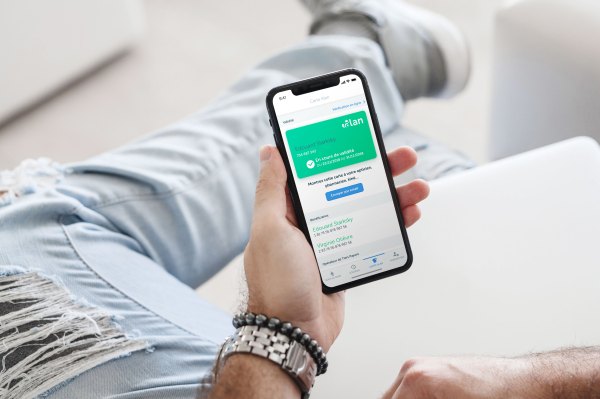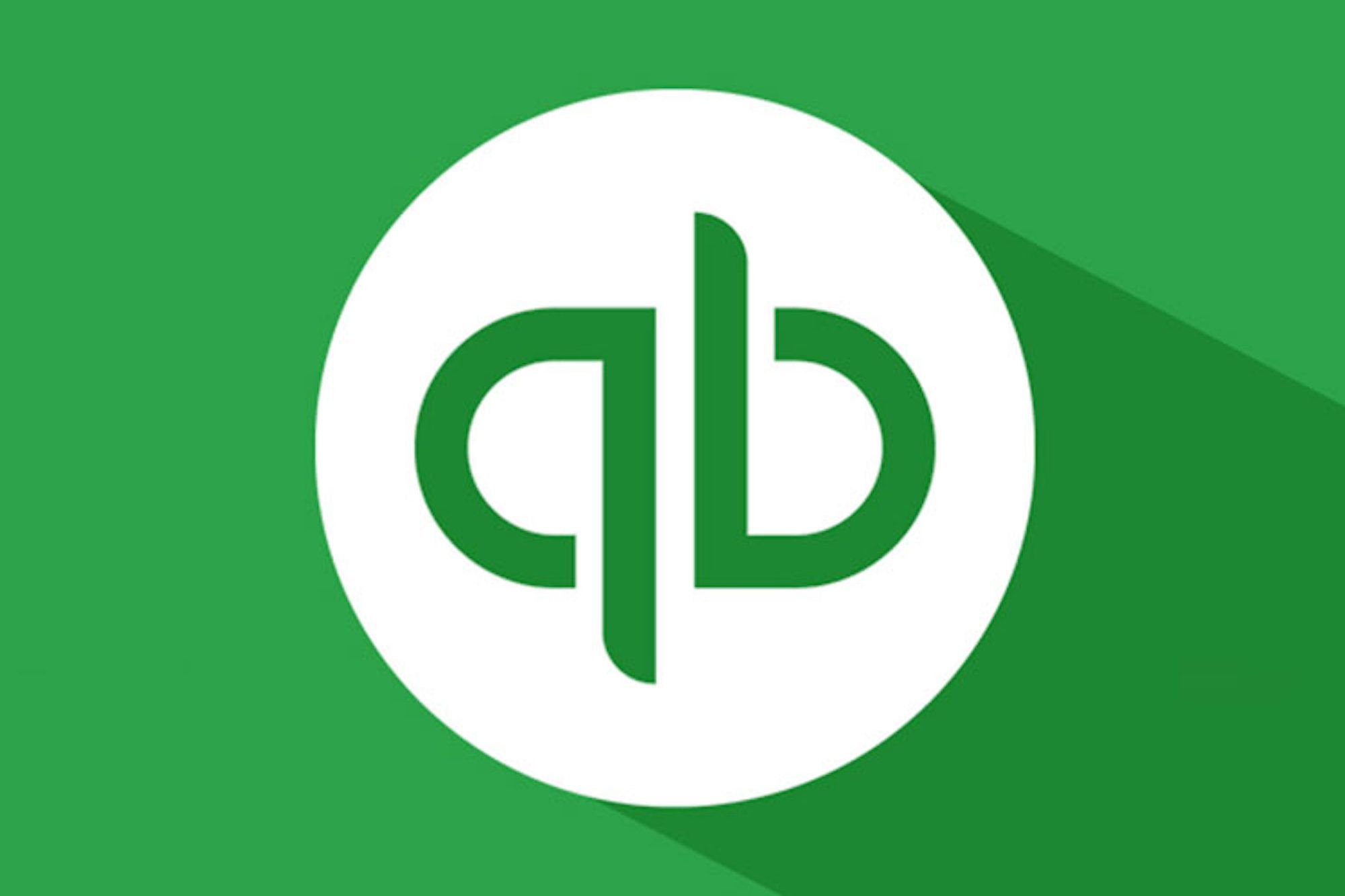We heard a lot about the digital divide during the 90s and the first decade of this century, but I got the sense that a lot of people had forgotten that many fellow Americans still don’t have access to high-speed internet. For some, it’s a matter of geography. There are still parts of the country — mostly rural — where there is no service from traditional

wired internet service providers. Others lack internet access because they can’t afford the service and/or the equipment needed to access it. Some people don’t have internet at home because they don’t have a home. They may be living in their vehicle, on the street or in a shelter. And there are those who don’t have broadband because they are afraid of hacks and security breaches, because they feel that they don’t know how to use it or because they simply don’t want it.
Although it may have been possible to live without internet until early 2020, the pandemic changed the stakes. Families that were sending their children off to school were suddenly told that their kids had to log into school from home. Some workers who still had jobs were required to telecommute, and many of those who didn’t needed the internet to find and apply for work. Before the pandemic, people without broadband had the option to log-in from a library, community center or coffee shop but — during lockdown — those options may not have been available or safe. Still, an April 2020 survey from Pew Research Center found that “roughly half of U.S. adults (53%) say the internet has been essential for them personally during the pandemic, and another 34% describe it as ‘important, but not essential.’”
There are some who have no internet at home but do have relatively high-speed connections via their smartphones. Some do this by choice while others chose to use their phones because they can’t afford both cell service and home broadband.
The numbers may have changed since the 2018 American Community Survey, conducted for the Alliance for Excellent Education, National Urban League, UnidosUS, and the National Indian Education Association, but at that time, 23% of American households had no high-speed internet while 10% had no computer. Nearly half (45%) of households earning less than $25,000 lacked high-speed internet. Regardless of income, people living in non-metropolitan rural areas were much more likely (36% to 14%) to lack high-speed access than those in metropolitan locations.
Who should pay?
When it comes to who should pay for expanding access, 62% of Americans, in an April 2020 Pew Research survey, said they “do not think it is the federal government’s responsibility to ensure that all Americans have a high-speed internet connection at home during the COVID-19 outbreak.” Fully 65% said they “do not think the federal government should be responsible for ensuring cellphone services to all.” I’m not sure what the numbers would show if you took this survey now. I’m guessing that attitudes may be changing as a result of the past year along with President Joe Biden’s push for an infrastructure bill that would include money for bringing broadband to more Americans.
There is already a federal subsidy for telecommunications and broadband, which, said FCC Commissioner Brendan Carr in a Newsweek op-ed, the FCC is funded from the “roughly $9 billion a year” the government collects from consumers “through a tax on their monthly bills for traditional telephone service—both wireless and wireline.” He said “the FCC then uses that pot of money, known as the Universal Service Fund, to support internet builds in rural areas and on other efforts to close the digital divide.” One problem with that model, said Carr, is that the tax revenue is shrinking as “the revenue base associated with the traditional telephone network has fallen sharply from a peak of around $80 billion in the 2000s to less than $30 billion today as more and more services — including those now offered by Big Tech — are delivered over the internet.”
Telephone tax revenues are shrinking at the very time when the federal government, as well as state and local governments, have been burdened with exceptional expenses because of COVID-19 and the economic downturn. So, argues Carr, “We should start requiring Big Tech to pay its fair share.”
Carr said that “just five companies — Netflix, YouTube, Amazon Prime, Disney+ and Microsoft — account for a whopping 75 percent of all traffic on rural broadband networks,” adding that “Facebook, Apple, Amazon, Netflix and Google generated nearly $1 trillion in revenue in 2020 alone — an almost 20 percent increase over the prior year. It would take just 0.009 percent of those revenues to eliminate entirely the unsustainable 30 percent tax that currently hits consumers on their monthly bills.”
Some companies are helping
While it may be a drop in the bucket compared with the overall cost of eliminating the digital divide, some companies have stepped up to the plate. Comcast, one of the nation’s largest internet providers, recently celebrated the 10th anniversary of its Internet Essentials program, which provides high-speed service and low-cost computers, for $9.95 a month, to people who qualify if they are eligible for public assistance programs like the National School Lunch Program, Housing Assistance, Medicaid, SNAP, SSI and others. The service, which costs a fraction of what most customers pay, includes 50 Mbps service (more than adequate for streaming) a wireless gateway, access to Xfinity hotspots and the option to purchase a computer for $149.00. Other internet providers, including AT&T, offer similar low-cost services so, if you or someone you know — regardless of where they live — can’t afford their service, they should contact their local ISPs to see what’s available.
In 2017, Microsoft launched a service called “Airband,” to bring low-cost high-speed access to rural areas, but Wednesday, the company announced that it is “expanding Airband to U.S. cities that face some of the largest broadband gaps among racial and ethnic minorities, specifically Black and African American communities.
In a blog post, Microsoft’s General Manager, Airband Initiative, Vicky Robinson said that the “approach focuses on providing access to affordable broadband, devices and digital skilling tools and resources in eight cities, including aiding in the digital transformation of the institutions that support these communities. The initial urban programs will be in Atlanta, Cleveland, Detroit, El Paso, Los Angeles, Memphis, Milwaukee and New York City.
Federal help for people who are not necessarily low-income
A new federally funded Emergency Broadband Benefit program provides $50/month ($75/month for Tribal lands) credit toward internet service and leased equipment to a fairly broad spectrum of Americans, including couples or families that earn as much a $198,000 a year ($99,000 for single filers) who experienced a “substantial loss of income” since February 29, 2020″ along with anyone whose income is at or below 135% of poverty guidelines and those who qualify for various assistance programs. It also provides a one-time discount of up to $100 to purchase a laptop, desktop computer, or tablet from participating providers if they contribute more than $10 and less than $50 toward the purchase price. You can learn more at getemergencybroadband.org.
Disclosure: Larry Magid is CEO of ConnectSafely.org, a nonprofit internet safety organization that receives support from companies mentioned in this story, including Facebook, Amazon, Google, Comcast, and Microsoft.










